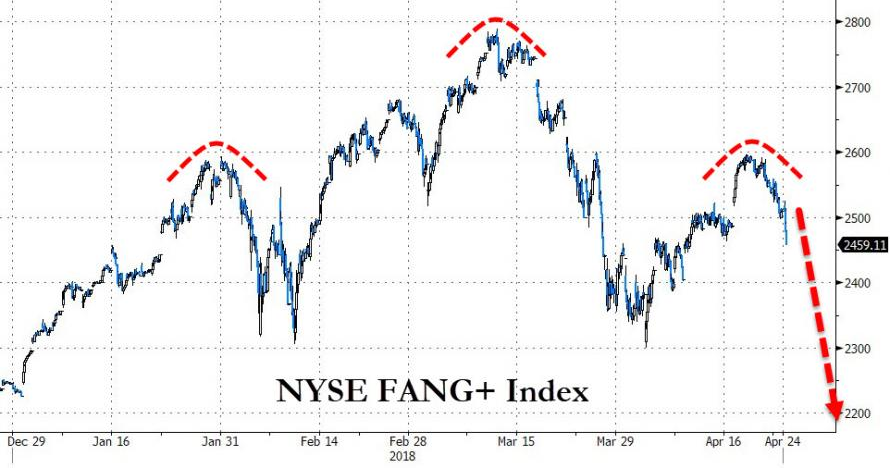Nature Versus Nurture
One of my favorite movies of all time is the classic American comedy Trading Places. Not only am I a big Eddie Murphy fan, but it was the type of movie that made any young aspiring investor actually believe that no matter what your education was or how naturally smart (or dumb) you were, you could still “make it” (and make lots of money) if you found the right mentor or teacher.
The basic premise of the movie attempts to answer the existential question of nature vs. nurture and the plot centers around a $1 bet made by two rich brothers who take opposing views that trading (and social status) could simply be taught to anyone off the street with the right guidance and resources. To test this, the two rich brothers find a homeless man (Murphy) and successfully groom him within a matter of months to becoming a successful and well mannered commodities broker.
In the very same year that the movie was released, a successful commodities speculator by the name of Richard Dennis decided to do his own real life version of Trading Places and placed an ad in the newspaper calling for novice aspiring traders. These applicants, if accepted, would be called “Turtles” and would be personally trained in the craft of commodities trading by Dennis himself. Many of the program graduates went on to be very successful traders in their own right proving once again that “anyone” could be trained to make money.
What intrigued me about both the movie Trading Places and the legendary story of Richard Dennis and his Turtle Traders, was not just the fact that it gave me hope that even I might have a chance at being a successful investor one day…but the introduction into the wild world of commodities trading of which I knew nothing about before this.
Fascinated, I spent the next several years diving head first into the world of commodities and trying to learn as much about them as possible. I read every book that was out there about commodity trading, studied seasonality, created backtest models of all the major commodity futures and even started trading options personally. After the first couple months and some initial success I was certain that this was how I would make my millions.
And then, in the matter of a weekend, my future disappeared right before my very eyes. In August of 2005 Hurricane Katrina decimated the Gulf of Mexico sending Natural Gas futures through the roof. I happened to have been selling calls on natgas and was margin called into force liquidation of my positions. It was one of the most painful experiences in the infancy of my career but I also learned many valuable lessons and was able to hobble away from that experience losing mostly just my pride and the small amount of money I had to my name at the time.
I also learned a very important lesson about humility and the how the markets have a way of smacking down your ego just when you think you have things figured out. Fortunately for me, this had happened earlier in my career and not later when I had real (or other people’s) money at stake.
The good thing is that there are countless ways to make money in this world and even within the realm of financial markets I am constantly intrigued to meet people who have figured out unique and clever ways to generate serious returns.
Investing styles are similar to religions, only slightly less combative (although I’ve seen some discussions get quite heated). So after having decided that commodity trading was not where I would hang out my shingle, I decided to focus on something a little simpler: equities.
Within equity investing there are two main schools of thought. One is the “value” camp and the other is the “momentum” camp. They basically represent fundamental vs. technical analysis at the core. Value investors tend to be fundamental bottom up investors who enjoy doing financial analysis and looking for investments that are trading below their intrinsic value to make their returns. Value investors use a variety of screens or tools to search for mispriced assets always including a “margin of safety” before entering a trade and oftentimes sitting out of markets in the absence of opportunity. It’s classic Warren Buffett style investing and it requires a certain type of personality to be good at. Most importantly it requires patience and independent critical thinking along with emotional balance.
Momentum investing, on the other hand, is more trading oriented. These investors are market technicians who look at charts all day and are able to trade based on patterns and signals. They use technical analysis, a method of using past prices to forecast future action with the claim that all of investor psychology, money flow and market information lies within the charts (price). Momentum investors usually try to capture the middle 80% of a trend instead of necessarily trying to call the tops and bottoms and they usually use trailing stops to ensure they take profit on large moves.
After my harrowing experience trading commodities, I now tend to veer towards the “value” camp when looking at investments but it is important to respect the fact that the markets are indeed abundant and really one should not let their ego get in the way of considering technical analysis as well when making investment decisions. It is important to consider the trigger points of technical traders such as the 200 day moving average, or key resistance/support levels since these things do matter and affect price action whether you believe it or not.
Speaking of charts and technicals, this particular chart stuck out at me which has been making its rounds across the internet.

Source: ZeroHedge
This is what is known in technical analysis as a classic “head and shoulders top” and market technicians usually see this as a bearish indicator, signaling a declining trend if prices break thru the “neckline” or support level (in this case it would be 2300).
Tech valuations continue to be a head scratcher to many of us, whether you sit in the fundamental or technical camp. Some of the most valuable tech stocks in the world such as Amazon and Tesla are barely profitable (unprofitable in the case of the latter) and yet their prices just seem to keep defying gravity.
Then you have stocks such as Facebook who just days after the Cambridge Analytica scandal reported stronger than expected user growth and consensus beating top and bottom lines making us wonder if the financial fallout will not materialize until next quarters numbers.
Earnings, as we know, are a lagging indicator only telling us about a company’s performance in the past quarter, which is why often times you see erratic stock price movement after earnings reports but during the management discussion/earnings call when they give forward guidance.
As I said last week, I’m still not convinced that we’re in the clear with the whole data scandal and over the weekend news came out about Twitter also having sold data access to Cambridge Analytica further supporting the notion that there’s never just one cockroach in the kitchen.
So where do we go from here? I suspect the market will continue to trade sideways for a while as we round off earnings seasons. Remember, the pain felt when losing money is far worse than the joy felt when making money and let’s also not forget that the market has a tendency to take the stairs up but the elevator down so regardless of what style of investor you are it would be wise to heed these warning signs along the way.

